Introduction of Grapes and Raisins in Turkey
Grapes are grown throughout Turkey, and there are over 1,200 different grape varieties in Turkey. Turkey has the most suitable climate conditions for vine growing. Harvest season begins around August 15th. Seedless grape production expanded significantly in Turkey in the 1990s due to more intensive cultivation and adaption of better irrigation techniques. Seedless grapes, virtually all of which are Vitis vinifera L., constitute about 40 percent of Turkey’s total grape crop and are grown only in the Aegean part of Turkey. While the Aegean region produces seedless grapes, the Marmara, Central Anatolia and Southeast Anatolia regions produce table and wine grapes. Also in Turkey, 5-10% of grapes are dried. Turkey’s main raisin type is sultana seedless raisin, this type contributes to its raisin export and famous all over the world.
The Future of Grapes and Raisins in Turkey
Turkey will continue to play an important role in grape production and raisin exportation in the world because of its favorable ecological conditions and a large number of production areas. Productivity and quality of grapevines will be improved in Turkey by using modern irrigation systems and management techniques. Its geographical situation and ecological conditions will offer to Turkey many advantages for the marketing of fresh and raisin grapes in the world in the future.
Grapes Dehydration for Raisins Production
Raisins are produced commercially by drying harvested grape berries. In order for a grape berry to dry, water inside the grape must be removed completely from the interior of the cells onto the surface of the grape where the water droplets can evaporate. However, this diffusion process is very difficult because the grape skin contains wax in its cuticle, which prevents the water from passing through. In addition to this, the physical and chemical mechanisms located on the outer layers of the grape are adapted to prevent water loss.
Generally, there are 4 steps to commercial raisins production in Turkey, and that includes farming and harvesting, drying of grapes, post-drying processes and packaging of raisins.
● Grapes farming and harvesting
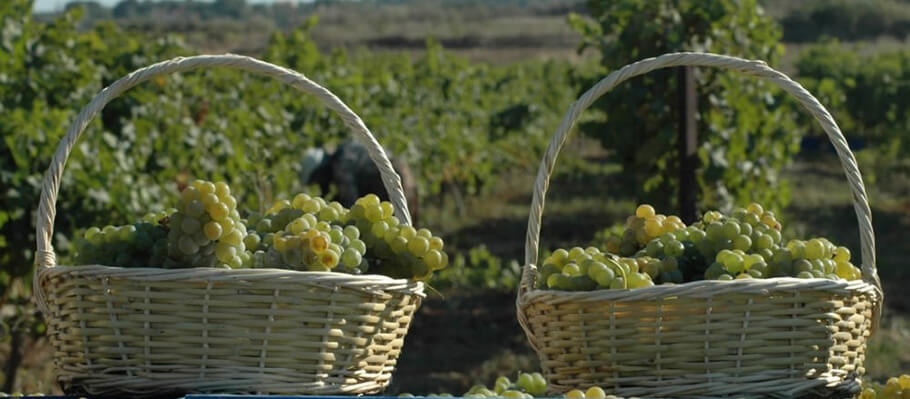
The first step to producing good raisins is growing quality grapes in the vineyards. Grape farming is a year-round commitment and includes the practices of pruning, irrigation, fertilization, and pest control. Most of the work done in these vineyards are still done by hand. Pruning involves the removal of parts of the vine to control its growth pattern. This has the benefits of equalizing the quality of grape throughout the vineyard, making other farming tasks easier and reducing costs. While fertilizers are not needed in all vineyards, some vines respond well to the use of nitrogen and zinc-based fertilizers. Starting in August and continuing through September, the grapes are harvested in Turkey. At this point in the year, they are at their optimum sweetness.
● Drying of grapes
The grapes which are mature will turn into raisins by a drying process. There are two types of grapes drying methods generally: sun drying, shade drying. Sun drying is an inexpensive process and traditional method, however, many concerns such as environmental contamination, insect infections, and microbial deterioration are inevitable and the resulting raisins are often of low quality. Additionally, sun drying is a very slow process and may not produce the most desirable raisins. The water content of raisins dried by sun drying or shade drying method is 15%-25% which is a little higher, so microwave drying machine is needed to reduce the moisture content of raisins. During this time, the moisture content of the grape is reduced from about 20% to 8-10% and the bacteria in raisins can be killed at the same time.
● Post-drying processes and packaging of raisins
After the drying process of grapes is complete, raisins are sent to processing plants where they are cleaned with water to remove any foreign objects that may have become embedded during the drying process. Stems and off-grade raisins are also removed. The washing process may cause dehydration, so another drying step is completed after washing to ensure that all moisture has been removed. If there are seeds in the raisins, they are mechanically removed. When all these processing steps are completed, the raisins are run through a series of mesh screens to sort them according to size. At this point, the raisins can be put into a variety of packaging. Then the finished raisins are exported to markets throughout the world from Turkey.
All steps in the production of raisins are very important in determining the quality of raisins. Sometimes sulfur dioxide is applied to raisins after the pre-treatment step and before drying in order to decrease the rate of browning caused by the reaction between polyphenol oxidase and phenolic compounds. Sulfur dioxide also helps to preserve flavor and prevent the loss of certain vitamins during the drying process.
● Storage of raisins
Raisins should be stored in a cool, dry, clean and well-ventilated place. Recommended storage temperature is between 10-15 Celsius degrees, with relative humidity below 50%.
Nourishing Value and Benefits for Human Health

2. Raisins can be eaten as a nutritious snack, rich in dietary fiber, carbohydrates with a low glycemic index, minerals, vitamins, and other micronutrients. Their fat and cholesterol content is low. The overall nutritional value of raisins means that they are recommended as a snack for both weight control and for maintaining good human health because they help the control of glucose and cholesterol, the good functioning of the digestive system and the regulation of blood pressure.
3. Replacing unhealthy snacks by raisins in usual and moderate quantity can improve health biomarkers in patients with controlled type-2 diabetes. It has been found that the adoption of this dietary habit may reduce diastolic blood pressure and increase the levels of plasma antioxidants in type-2 diabetic patients.
4. Corinthian raisins are a moderate glycemic index fruit. They can be consumed in small amounts even by diabetic patients instead of sweets in a balanced diet.
5. Raisins may reduce the risk for malignancies in the stomach and colon. Thus, in a balanced diet, their antioxidants can help maintain the health of the digestive system.
6. It is medically proven that helps child growth, curing diseases with inflammation and fever, also kidney and liver diseases.


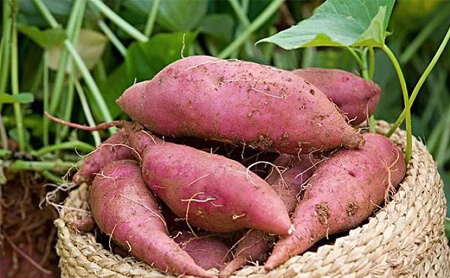

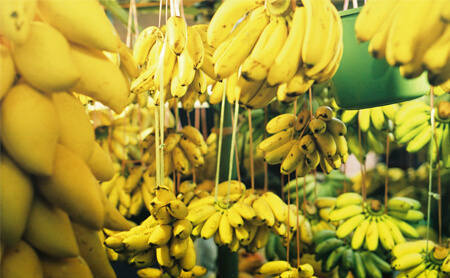






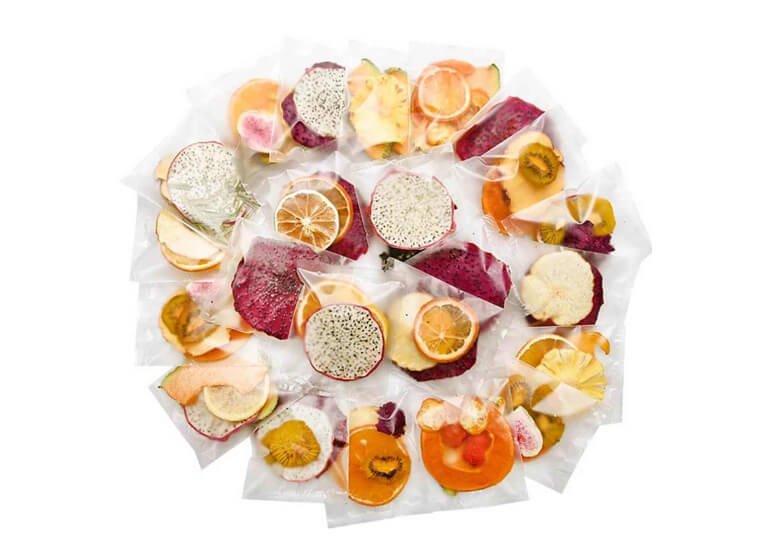


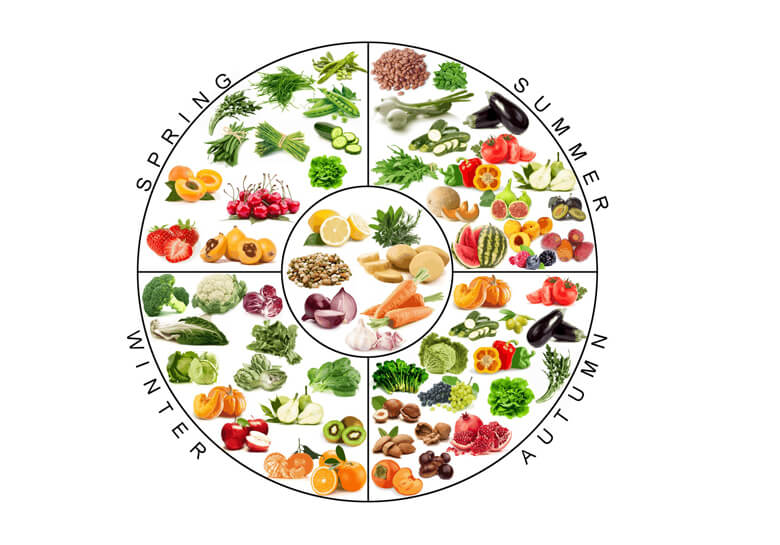

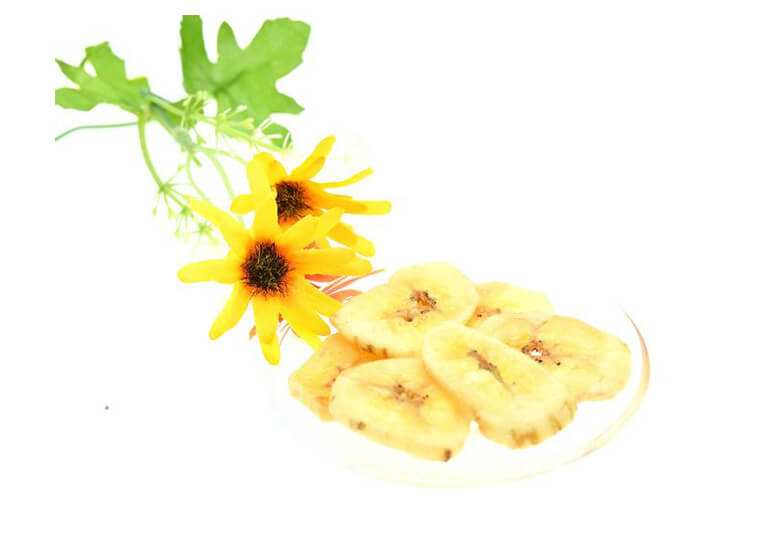
Leave A Comment